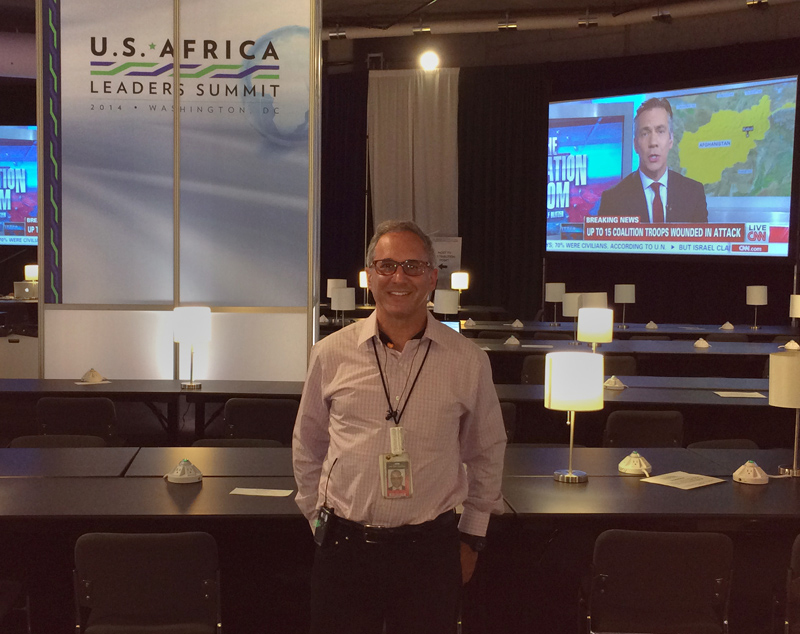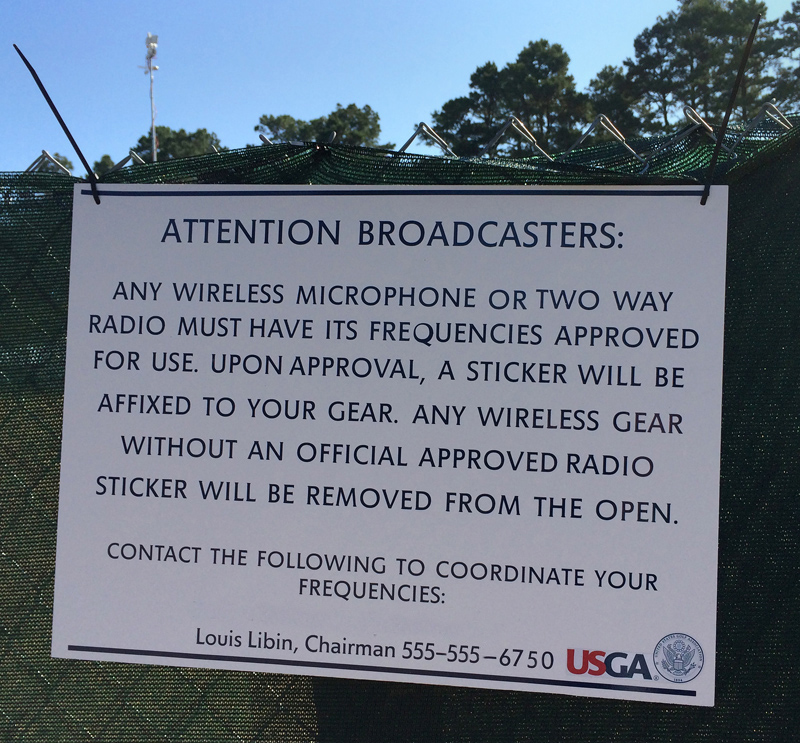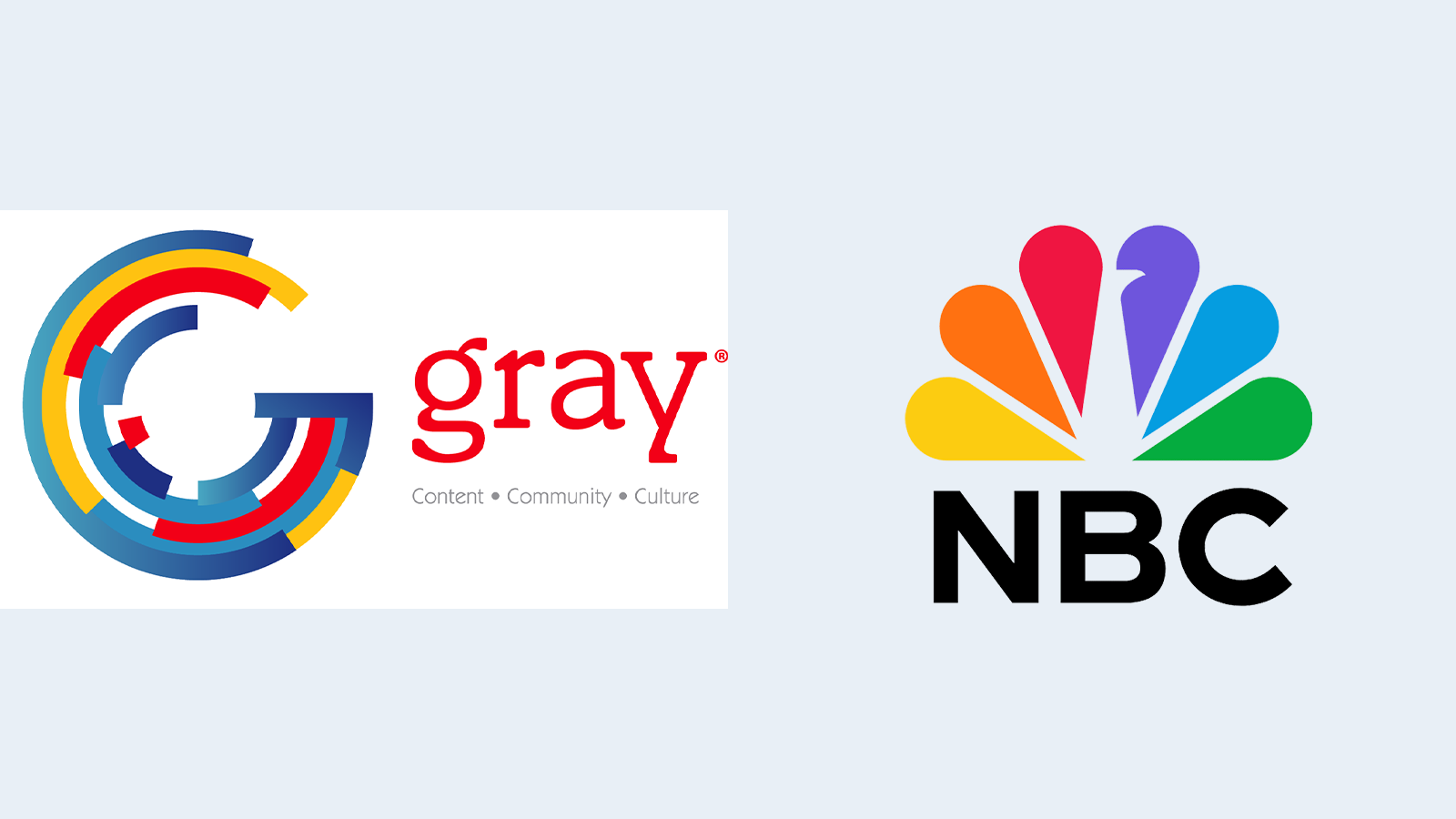RF Coordination: Q&A With Louis Libin

Louis Libin poses at the U.S.-Africa Leaders’ Summit, held Aug. 4-6 in Washington.NEW YORK ― Juggling the demands for wireless devices―such as microphones, cameras and airborne video feeds―at big media-saturated events is something of an art. As the FCC squeezes broadcasters into a reduced spectrum, there’s less “white space” available to meet wireless requirements and even greater demand for the frequency coordinator’s art.
Louis Libin has been working in the television industry for decades, and his life-long interest in RF ultimately led him to working as a frequency coordinator. He is currently the executive director of the Advanced Television Broadcasting Alliance and has a consulting company in New York called Broad Comm, Inc. He previously worked for NBC in New York, and has consulted with all the major broadcasters.
BE Extra talked with Libin about his work as a frequency coordinator. What happens on big projects where there is a lot of demand for wireless mics, microwave feeds and other wireless services?
BEE: How did you get to be a frequency coordinator?
Libin: I studied RF in school and I was always interested in wireless. One of my first jobs was at NBC. I was originally hired to develop graphics systems. One day, the VP of engineering told me that there was a director of RF systems who was three years from retiring and they needed someone to replace him. I was given that time to do whatever needed to be done to learn and prepare for a position as NBC’s RF expert. Thereafter, whenever a large event took place, I became involved in the coordination process and eventually made frequency coordination a priority.
Some of the RF gear on the roof of the 2014 U.S. Open tennis tournament. BEE: What are the most difficult and demanding situations you encounter with regard to frequency coordination?

Libin: I coordinate many major events, huge events such as the U.S. Open golf and tennis, political conventions, inaugurations and international summits, such as NATO. But by far, the most complicated events are air races, which have a zero tolerance for errors and require so many video microwave channels from many different bands.
The professional video industry's #1 source for news, trends and product and tech information. Sign up below.
BEE: What are a couple of the unique challenges with coordinating spectrum use at a large event like an NFL football game or other significant production?
Libin: At a major event, there are always two great challenges; the event itself and the media coverage of the event. There is also the venue. For example, the past U.S. Open golf tournament was in Pinehurst, N.C. Pinehurst is very isolated and is fairly RF-free. On the “other side of the spectrum” is the U.S. Open tennis event, which is always in Flushing Meadows Park in New York City, one mile from La Guardia Airport, seven miles from JFK and five or so miles from Manhattan, the busiest RF location in the country. So, we need to accommodate the event and the RF that is required, the coverage and security of the event as well the hundreds of visiting media representatives who need to be accommodated.
Sign from the 2014 U.S. Open golf tournament explaining frequency coordination to broadcasters. BEE: Is there anything a production team can do to make their lives easier in terms of frequency coordination? Should they plan to use a certain type of equipment, or will they get the best results with wireless systems in certain frequency ranges?

Libin: Production teams today need to follow closely the proceedings at the FCC so they purchase the right equipment. They also need to purchase equipment in frequency ranges and bands where most do not purchase. The equipment needs to be as agile as possible.
BEE: What was your most challenging frequency coordination event from a TV production standpoint. Why was it so difficult and how did it work out?
Louis Libin (far left) poses with his frequency coordination team at the 2014 U.S. Open golf tournament. Libin: Every major event frequency coordination has its singular most-challenging moment. In one case it may be someone’s amplifier failed and can’t be found and is putting out spurs across an entire band. In another case, we lose a UHF channel because a TV station just powered on and many assignments need to be shifted. Lately our biggest challenge is simply the lack of space; we have begun to run out of space to accommodate all users.

BEE: Is there anything else BE Extra readers should know about frequency coordination for large event video production?
Libin: Frequency coordination for large events has gone through major changes and will continue to change as equipment changes and FCC rules continue to evolve. As long as there is good cooperation and good trust between users, we should be able to accommodate the production requirements of major events. It may be that everyone is mostly satisfied and may have to rethink certain production techniques.
Bob Kovacs is the former Technology Editor for TV Tech and editor of Government Video. He is a long-time video engineer and writer, who now works as a video producer for a government agency. In 2020, Kovacs won several awards as the editor and co-producer of the short film "Rendezvous."

